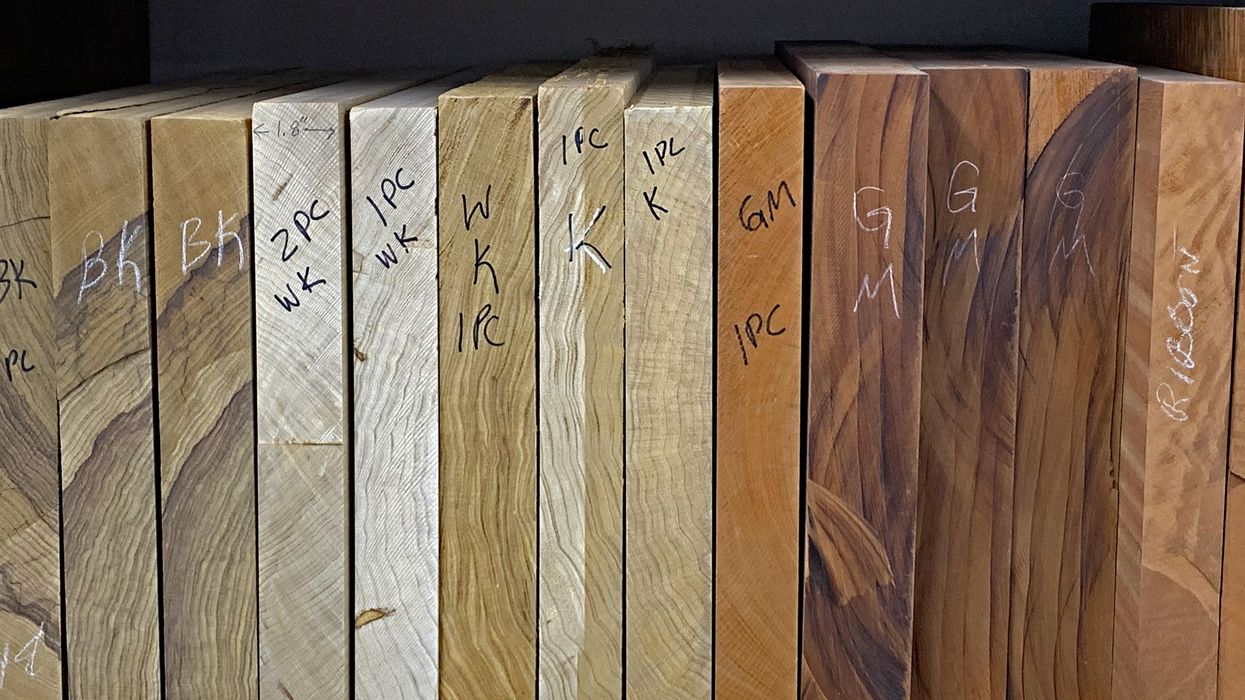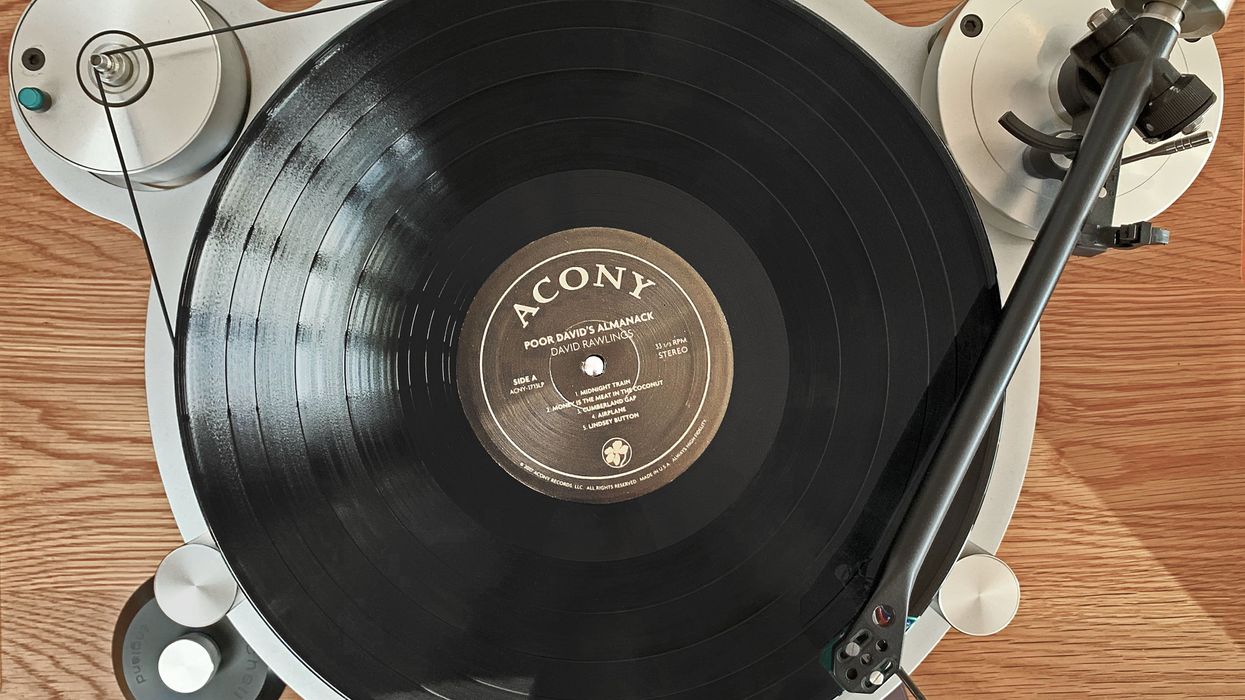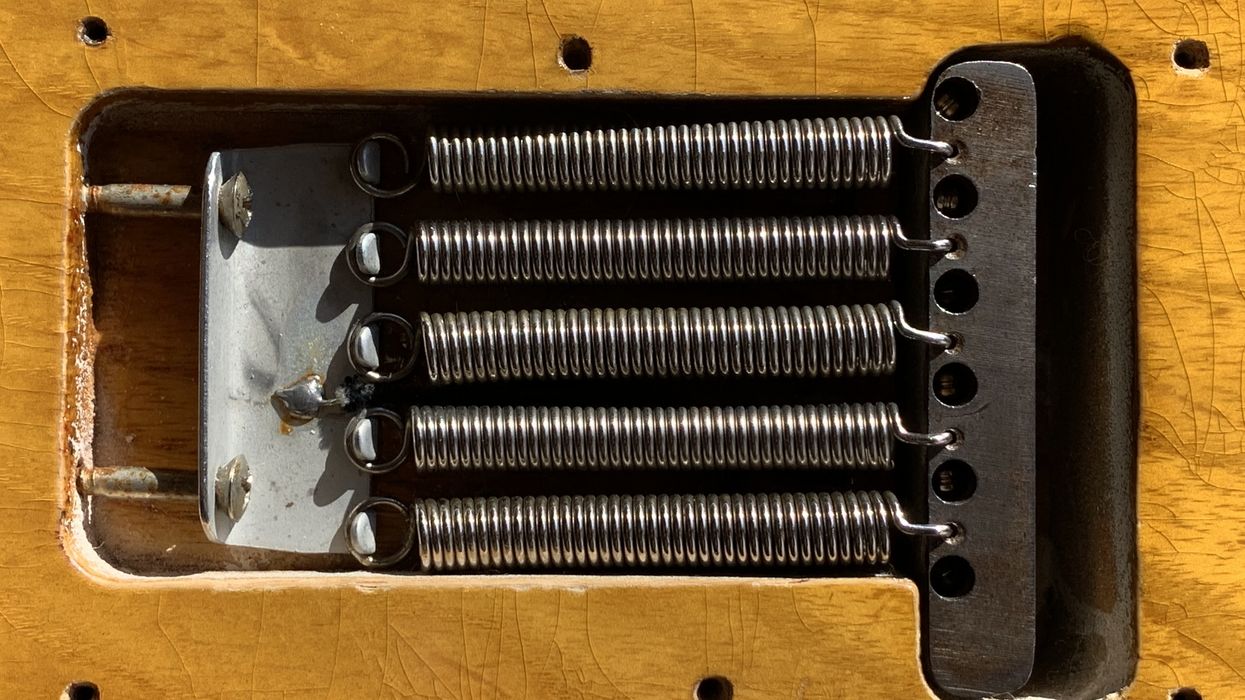I spit saliva and toothpaste. But unlike yours, mine travels 396 feet in the half-second before it disappears down the sink drain. I'm standing upright in a room small enough for me to touch all four walls without even turning around. My aluminum-skinned lavatory is seven miles above Denver making about Mach .75 (545 mph), and in just a few hours I will have traversed the entire United States. To the untrained eye, this aircraft is indistinguishable from the other planes you'd see at an airport, and for the most part is nearly the same as ones that you and I have traveled in for decades. The life-cycle arc of any technology seems to begin with great diversity and end in a form that renders products homogeneous to everything else in the category. Nowadays, almost everything looks like an Apple product.
This year marks the 113th anniversary of the Wright brothers' first powered flight in Kitty Hawk, North Carolina. Natural tinkerers, they began in 1899 by systematically designing a series of gliders with the idea of powered flight as the ultimate goal. Luckily for them, the internal combustion engine had recently been invented. And by 1903, they had married a small piston engine with their glider and called it “Flyer." It is the machine that is referred to as the world's first powered aircraft—even though it only traveled 120 feet on its first flight.
Naturally, they sought a patent for their stacked-wing creation. When the Wright brothers placed the elevator (tail) of their airplane at the front and twin rudders at the rear, it wasn't because the inventors wanted to stand out from the crowd. Marketing had very little to do with the differences between their device and those being attempted elsewhere. There were no computer programs to guide them with center of pressure and lift-to-drag ratio models. It was simply the path they chose through trial and error, and by studying the experiments of those who came before.
The birdlike machines created by Samuel Langley in 1896 had followed a more obvious path of mimicking nature's form—a pair of wings and an arrow-type tail at the rear. After all, birds had been flying for millennia. Sir George Cayley had envisioned and drawn a winged and tailed flying machine as early as 1799, and would later build a glider dubbed the “Boy Carrier." But in the end, it was Wilbur and Orville whose device stole the spotlight by actually flying.
The Wright's success brought on many imitators and a huge rush of development. Aircraft designers soon designed the enclosed fuselage and things really started to homogenize. The form was pretty much set in stone. Within 10 years of that first flight, the gyroscopic autopilot had been tested and airplanes were becoming commonplace. Jets replaced reciprocating piston engines and propellers by the late 1940s. As such, the Boeing 737-800 that I am buckled into right now looks and works nearly the same as the Boeing 707 that set the standard and ushered in the jet age in 1958.
If you've hung with me this far, you probably know where we're going on this flight. How many times have you seen the debut of a new guitar builder's instrument on the internet or in a magazine and thought: get over it dude, it's a Jazzmaster. I know I have. (Disclaimer: I have to do the CNN perp walk at this point, because my earliest “designs" were re-imagined takes on discontinued Gibson models.)
I have a soft spot in my heart for guys like Dennis Fano, who artfully blends elements of underappreciated styling exercises of the past into something fresh looking and oh-so-right for the times. I can't help but admire Jason Lollar's interpretations of cheesy '60s bargain pickups, or John Woodland's masterful redesign of the Fender thimble bridge. I swoon when my eyes glide across the geometrically exquisite, nickel silver humbucking cover on Tom Holmes' PAF replica, and I never tire of the dead-flat surfaces on Bill Collings' traditional-style headstocks.
But these people didn't invent the forms they work with either. The Wright brothers of the guitar universe were long dead before many of us got here. Even Leo Fender and Paul Bigsby were tweakers who massaged what had come before. Sound familiar? Still, sometimes it's harder to refine and reinterpret a great idea than to start with a blank page.
As I hurtle towards my little workshop in New England at a speed that would have astounded the Wrights—and in comfort they couldn't have imagined—I ponder the travails of our industry. Ideas past and nearly forgotten get reworked and presented to the accolades of a new crop of guitarists who haven't studied the history of the craft. And what about today's builders? Some are working on finding the next big thing, while the rest are diligently sweating the details. To all of you, I say thank you, and good luck.
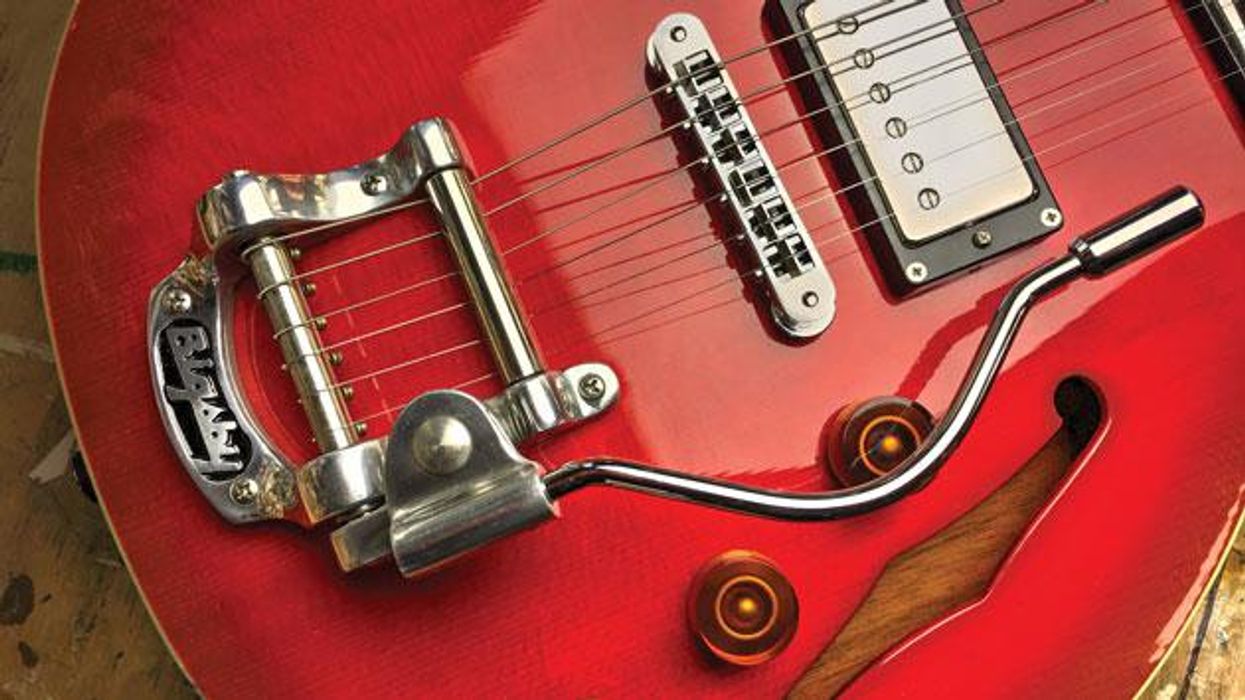

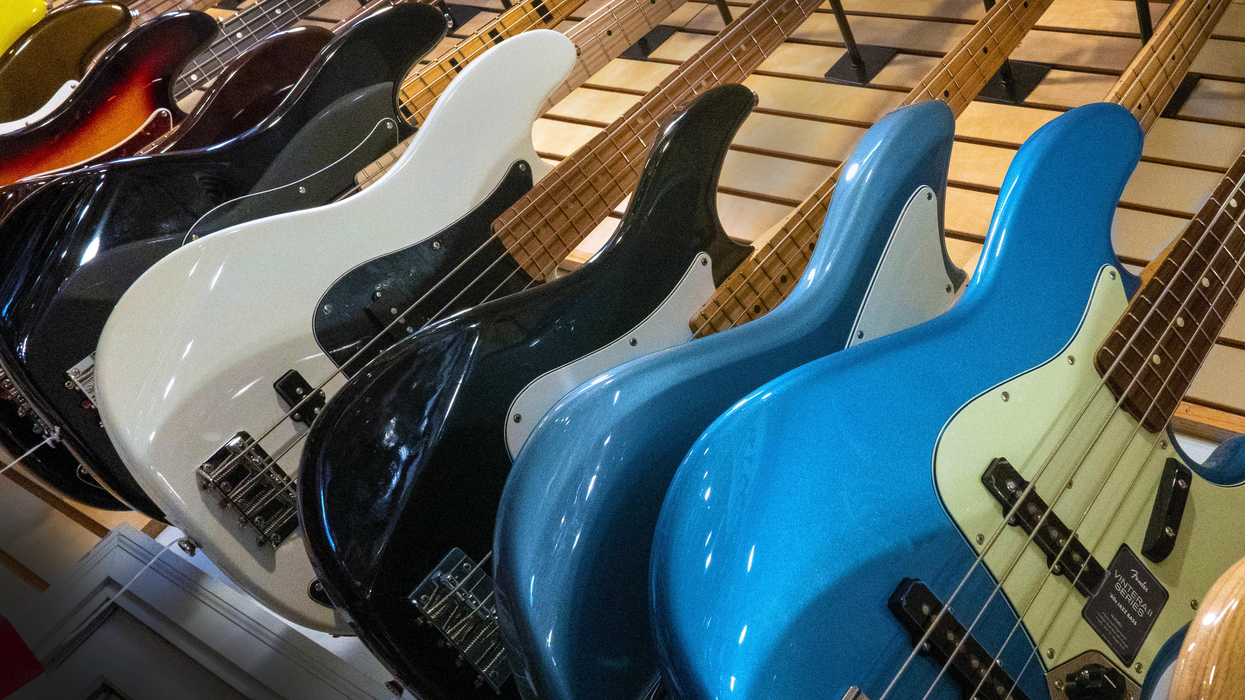
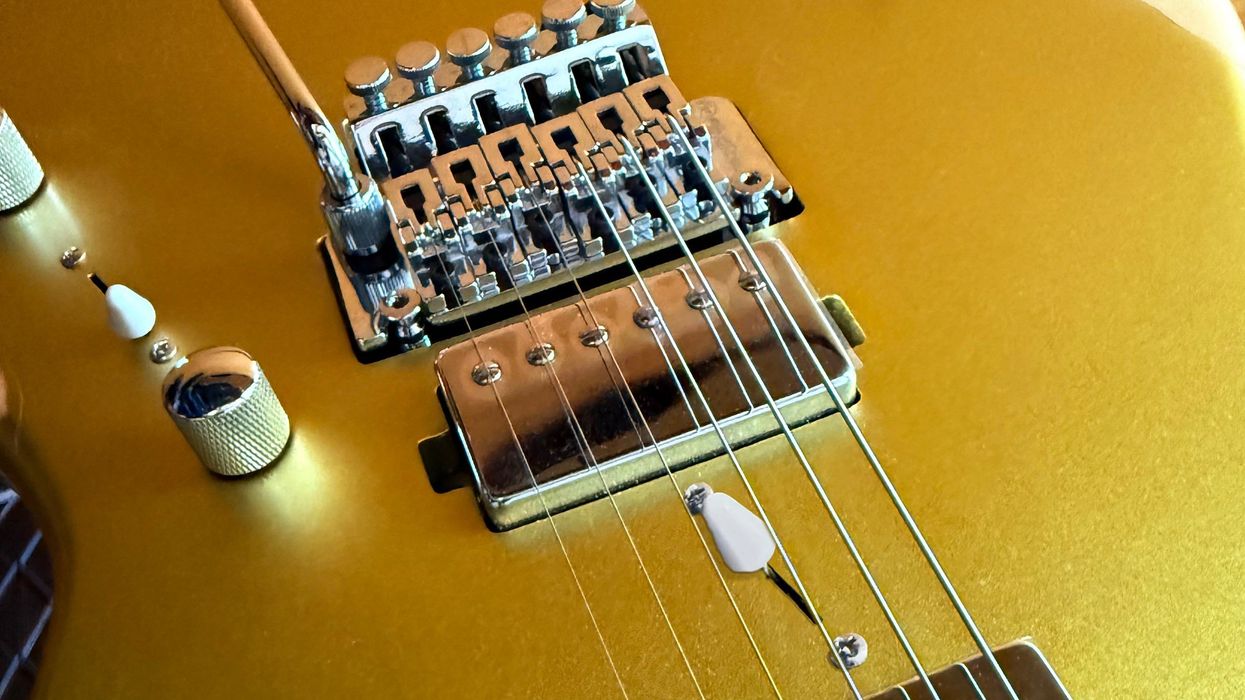
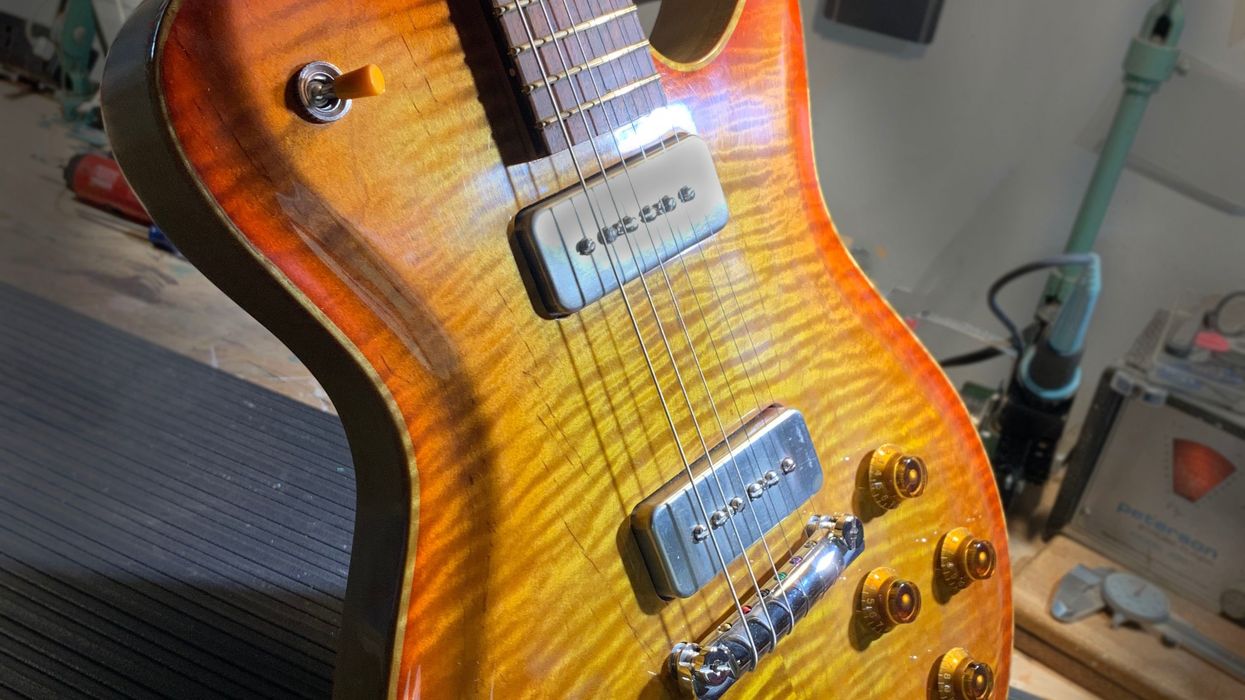
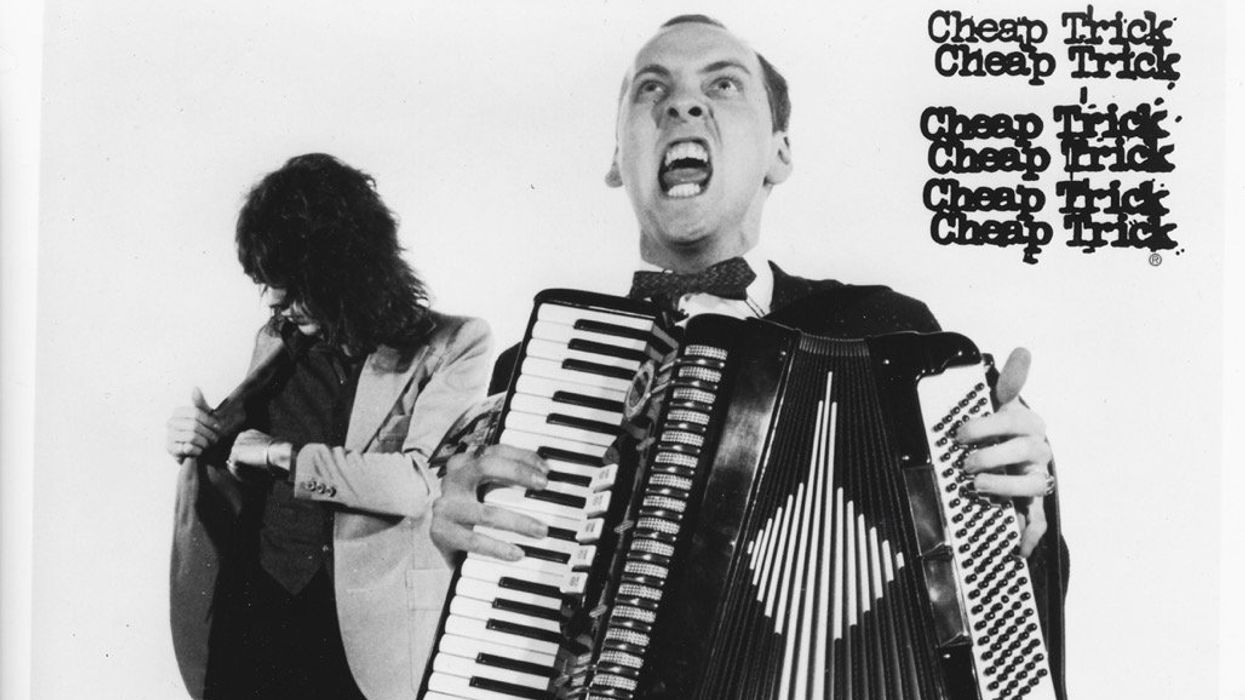
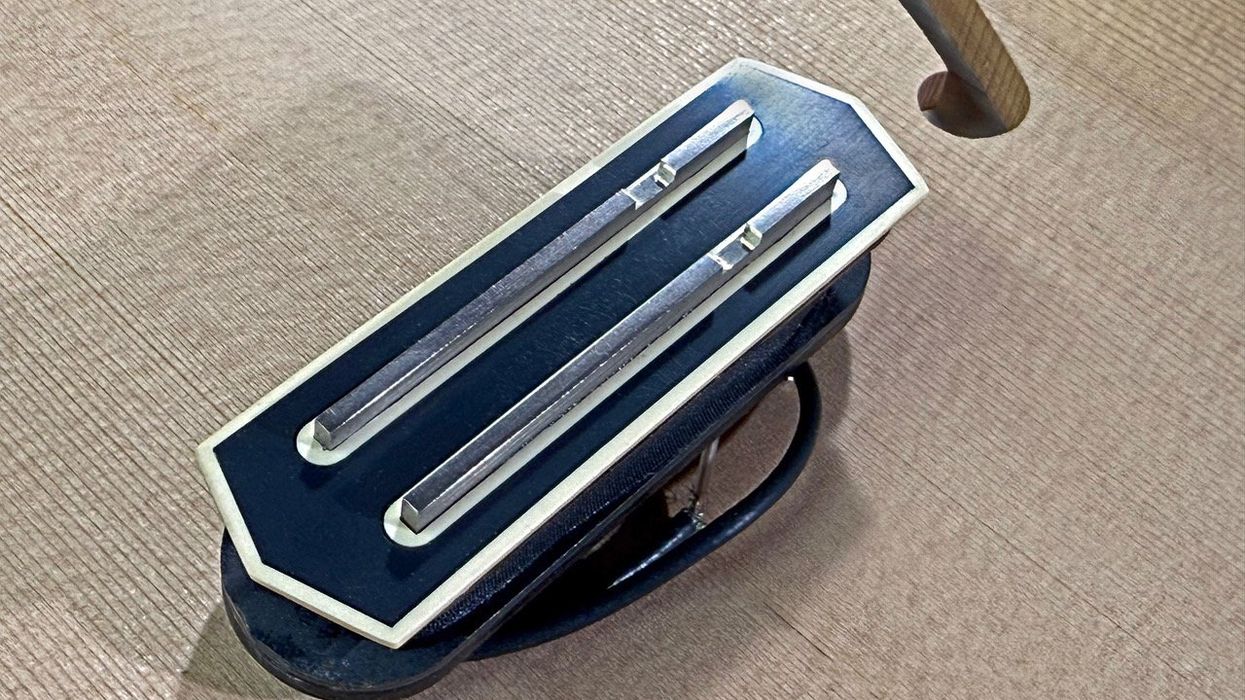

![Rig Rundown: AFI [2025]](https://www.premierguitar.com/media-library/youtube.jpg?id=62064741&width=1245&height=700&quality=70&coordinates=0%2C0%2C0%2C0)


![Devon Eisenbarger [Katy Perry] Rig Rundown](https://www.premierguitar.com/media-library/youtube.jpg?id=61774583&width=1245&height=700&quality=70&coordinates=0%2C0%2C0%2C0)

